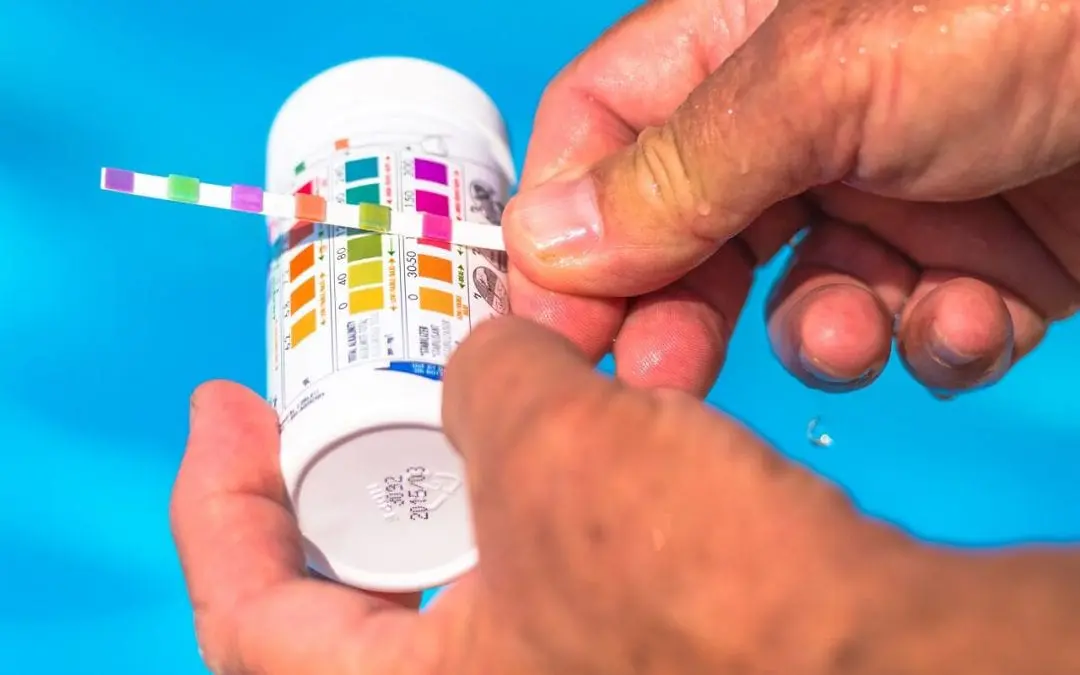When summer comes to an end, it doesn’t mean it’s also the end of pool maintenance. It’s crucial to prepare your pool for cold weather so that everything goes smoothly when you open it again next year. Here are four steps for winterizing your pool.
Remove Debris First When Winterizing Your Pool
It’s best to start winterizing your pool in the fall. Fall weather can deposit some debris in the water, especially leaves and twigs. It’s easy enough to skim off the floating ones and leave those at the bottom of the pool, but that’s not ideal. Leaves can discolor your liner, and if you don’t clean them out now, you’ll still have to do it in the spring.
Use a net with a long, sturdy handle so that you don’t have to get in the water. Finish cleaning the debris by vacuuming thoroughly to remove everything from the bottom.
Good Water Balance is Still Critical
The water chemistry in a pool always needs to be maintained. This remains true as you’re winterizing your pool. If you don’t get things properly adjusted, you’ll struggle to get on top of balanced chemistry and might even have an algae outbreak.
Start a few days before you plan to cover the pool. Check and adjust your pH levels and hardness, then add algaecide, shock the water, and other chemicals as needed. Remember to keep the pump operating throughout your final water adjustments.
Take Care of the Pump, Filter, and Hoses
When freezing temperatures set in, your filtration system should already be winterized. Any water that’s left behind will freeze and can easily rupture fragile plastic and rubber components.
Remove all the water from the filtration system. Make sure everything is thoroughly dry. Examine all the o-rings in your filtration system. If any appear to be cracked or dry-rotted, plan to replace them. It might be a good idea to buy them now instead of taking a chance that they’ll be sold out in the spring. Finally, lower your water level below the skimmer and discharge.
Cover the Pool
The final step in winterizing your pool is to cover it. This step is important for safety and cleanliness. Many pools use solid covers, which do a great job of keeping out dirt but can also accumulate water, leaves, and other debris on top. If you have a solid cover, plan on getting a pool cover pump or get some practice using an old garden hose to siphon off the water.
A simpler option is a mesh pool cover. The tight weave is dense enough to keep debris from getting into the water but loose enough that rainfall and snowmelt will soak through and keep the surface dry. Whichever type you have, make sure it is well-secured to keep the wind from removing or damaging it.
Your pool requires lots of attention in the summer, but you can make your spring set up a lot easier by properly winterizing your pool in the fall.
TUFF Home Inspections provides home inspection services, including pool inspections, in New Jersey. Contact us to request an appointment.

